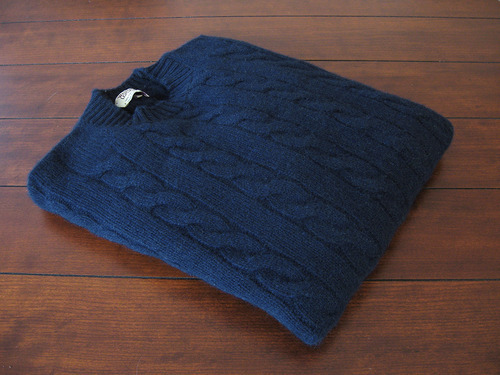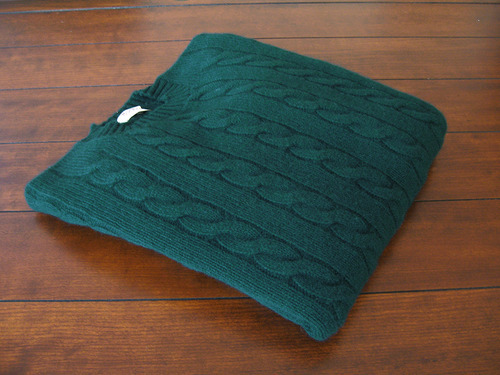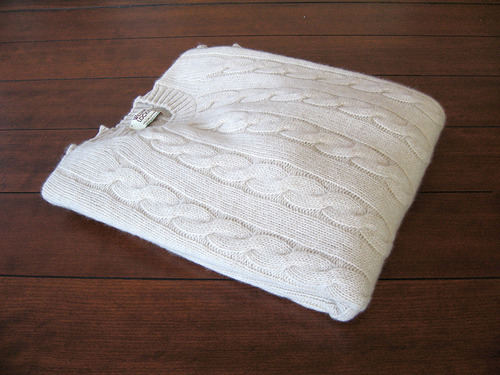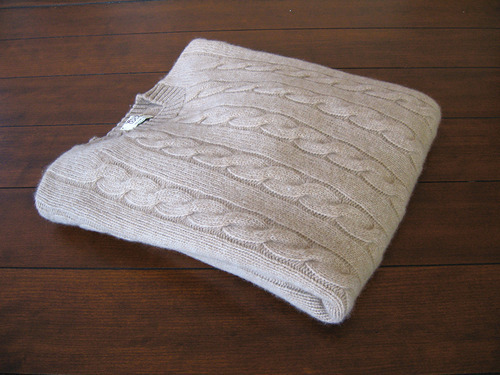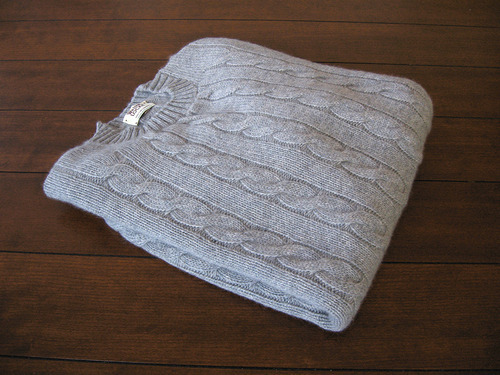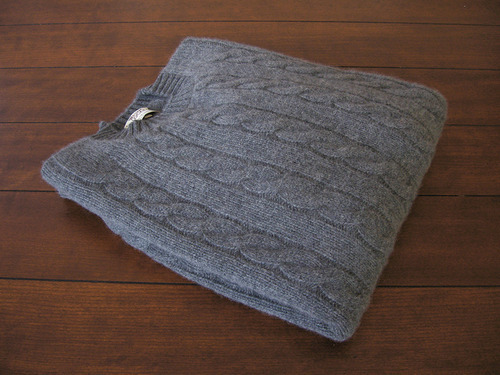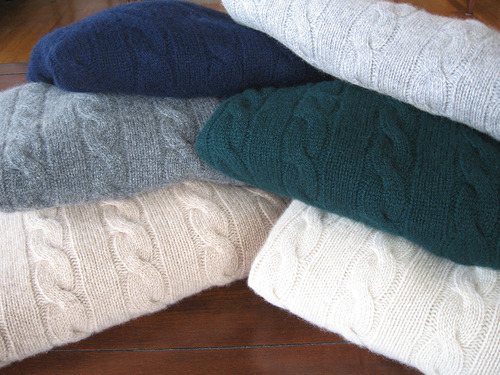
Time hasn’t been kind to Scottish cashmere. Like the loss of American denim, the Scottish cashmere industry has been reduced to a shadow of its former self, with most firms having either closed up shop or moved production offshore. In the last few years alone, Caerlee Mills was shuttered, Barrie Knitwear was narrowly saved by Chanel, and Berk lost their location at the Burlington Arcade (although, there are plans to reopen online). Thankfully, whisky and tweed remain, but Scottish cashmere as an industry seems to hang by a thread.
My friend Reginald Jerome de Mans – who has written some of the best articles on this subject – likes to tell me how good Scottish cashmere used to be, before its decline. Densely knitted from long hair yarns, such sweaters are said to not pill or lose shape easily. They were also not as soft – at least not straight of out the box. Instead, softness had to be beaten into them, like character into raw denim. Simon Crompton thinks the softness in modern sweaters is a result of over-milling; Jesse at Put This On believes its from shorter hairs in yarns; one manager I spoke to says its because such sweaters aren’t knit tightly enough. Whatever the reason, it seems most companies have sacrificed durability for a more luxurious hand.
I was finally able to try one of these famed sweaters last year, when I bought a cable knit from William Lockie. It’s a world apart from any cashmere sweater I’ve ever owned. Certainly better than those I’ve bought from Italian and Chinese makers, but even better the ones from Scotland. The Johnstons of Elgin I picked up from Sierra Trading Post pilled easily, while a Barrie-made sweater stretched out after just a few wears. I don’t know if that’s because it was made from a two-ply yarn or because it was too loosely knitted. Either way, at the price Barrie commands, I wasn’t willing to try again.

The William Lockie sweater, however, has been fantastic. It’s considerably more durable and only gets softer with each (hand) wash. I was so impressed with the one I bought last year that I recently picked up a few more.
You can find them online at William Lockie’s store, Heather Wallace. The smallest size for most models is 42” (meaning, that’s the actual measured chest size). If you need something smaller, like me, you’ll have to place a special order. Sweaters can be made with any of Lockie’s yarns, although their online swatches aren’t terribly helpful. For reference, pictured below are: navy, bottle, linen, mushroom, flannel, and derby. This Melrose product page seems to list most of their colors, but you may want to search around the site for more.
Mr. Porter also carries the Oxton model, but again – it’s a single-ply and I don’t know if low-ply yarns are more likely to lose shape. If anyone were to get it right, however, I’d trust Lockie. The upside to single- and two-ply sweaters is that you layer them underneath sport coats. These four-ply Chirnside knits are only good with outerwear.
I have an interview with Allan Gilchrist from William Lockie going up at Put This On at some point. As with everything published here (and there), I didn’t receive any special favors or discounts in exchange for the interview. I only interviewed them because I was so impressed with the sweaters I bought. These really do seem to be the last of their kind.
